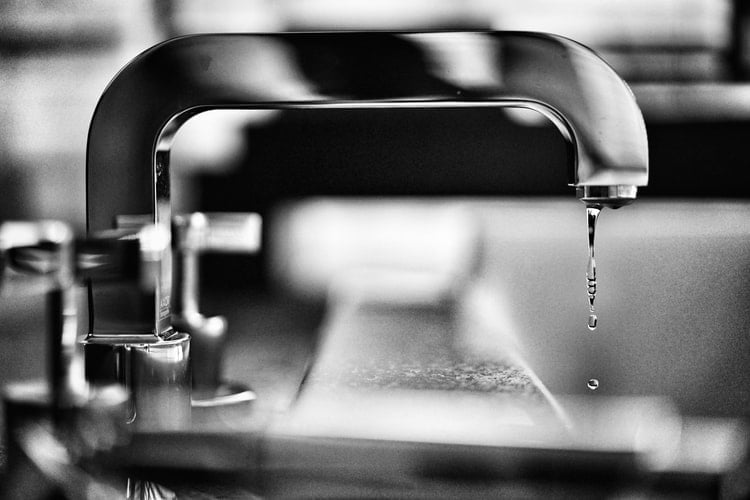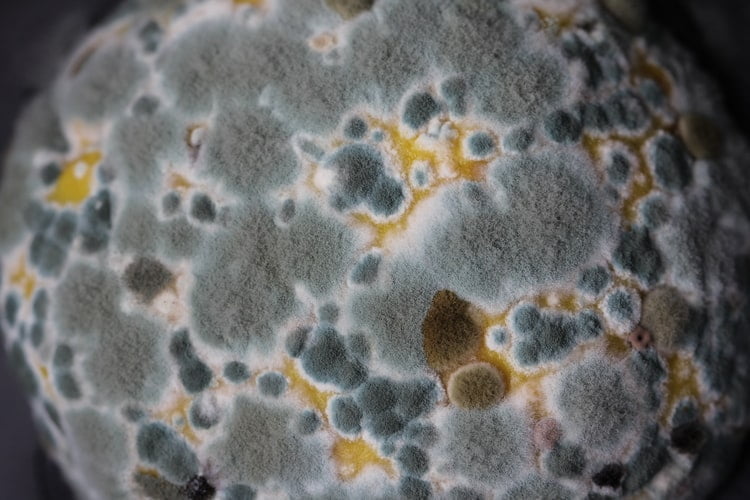How Does Water Damage Affect Homes in the Long Term?
by Abdul Aziz Mondal Real Estate Published on: 23 June 2021 Last Updated on: 08 January 2025

Homeowners that live in an area prone to flooding may already know that water damage can do a lot more than just flood their belongings. The home remediation projects focus entirely on restoring water-damaged homes. They rarely inform homeowners about the long-term consequences for their homes. Instead, they focus on providing short-term solutions for their problems.
What are the long-term consequences?
Long-term consequences of water damage can generally be seen in the structural integrity of the home. These damages may not show themselves in the first few months of home restoration but will manifest down the line if not treated. Some of the most common consequences of water damage include:
Reduced structural integrity
If the water has stayed on the property for an extended period, then the walls, ceilings as the groundwork of the building may be severely affected. While steel reinforcements are unlikely to rust, the surrounding cement or soil may lose its strength. This will result in the home’s foundation weakening.
Electrical damage
There are high chances of electrical damage in a house that has recently been flooded. During the flooding, the wires can become loose or come out of their sockets. If untreated, the live wire can easily shock any metallic surface near it. Electrical wiring inside the walls of the home may be the most prone to such damage since it can’t be checked.
Mold growth

While most homeowners are aware of this problem, very few understand the severity of the issue. Mold may grow on a variety of surfaces. For example, wet wood inside the walls or wooden flooring can easily rot when damp. The mold spores can grow in any damp spot, making homes with water damage extremely susceptible.
Which among the three is most dangerous?

Mold growth is the most critical long-term consequence of water damage. Mold growth cannot be identified immediately. Instead, homeowners may find themselves living in their homes for months before the damage can become visible. Unfortunately, mold growth can manifest a long list of health problems for the residents:
- Eye and throat irritation
- Skin irritation
- Respiratory problems including asthma
- Chronic lung illnesses
- Lowered immunity
These symptoms can often manifest themselves as cold and fever and can be overlooked until it is too late. Therefore, hiring mold remediation Denver for well-planned home remediation is the key to fighting mold growth and any other long-term consequence of water damage.
What does home remediation include?

Home remediation generally includes inspections, replacements, and restoration of a water-damaged home that is suffering from mold damage in Tampa and other areas. This isn’t limited to the homeowners’ belongings. With the right company, it can be possible to restore a property to its original state. In general, companies that provide home restoration services follow the same few steps.
Relocation
Before the restoration project can start, it is imperative to sort through the belongings to determine what can and cannot be saved. Dry items that can be restored need to be relocated to other rooms. Those that are waterlogged need to be dried. While those that cannot be saved should be trashed. Most companies allow the homeowners to do this step on their own and provide help in moving any heavy or large items.
Drying
The second step in ensuring the home does not have mold growth is drying. The home remediation company hire may opt to bring industrial size heating units. These can be focused in the water-logged rooms of the home to remove any moisture from the walls, floors, and ceilings. They may also use vacuum pumps to remove excess water before using these heating units. This step can take anywhere from two days to a week, depending entirely on the severity of water damage.
Inspections
Home inspections are broken down into several steps and target various features of the home. Primarily, all the main aspects of the home are checked including drywalls, floors, ceilings, electrical wiring, plumbing, etc. For each inspection, a different expert may be called. Before the home is approved for a restoration project, it will also have to undergo a health inspection. The health inspection focuses on ensuring there is no mold or fungal growth in the home.
Outer walls
The outer walls are just as susceptible to mold growth. The home remediation company may also inspect the outer walls of the home to determine its structural integrity. If the foundation of the property has flooded, then the company’s primary responsibility would be to dry the foundation. This also requires sanitization to ensure mold cannot grow in the future.
Replacements
Once the home has been approved, homeowners may buy a replacement for damaged belongings. If the home is covered by insurance, any replacements and damage may be covered by the policy However, it is worthwhile to replace water-damaged belongings with new waterproof or water-resistant ones. For example, drywalls with in-built mold inhibitors will ensure there’s no mold growth even if the home remains damp.
Hand over
Once the house has been inspected and all water-damaged wiring and structures have been replaced, the company will hand over the possession of the property to the homeowner. However, even after receiving possession of the home, homeowners should lookout for signs of mold growth.
Many homes and property insurance policies cover water damage. These may also cover the home remediation treatments on the home.
Conclusion
As mentioned in this article, mold growth does not happen overnight. In fact, it can take anywhere from a week or a month to be noticeable. Therefore, keeping an eye out for symptoms may be the best way to get ahead of the damage.
If mold growth is noticed early, it is possible to combat the symptoms early on and restore the property. If left untreated, the home may end up being inhabitable. While it sounds like home remediation may be impossible, with the right expert, it is possible to restore the home to its original glory.
Read Also:



































































































